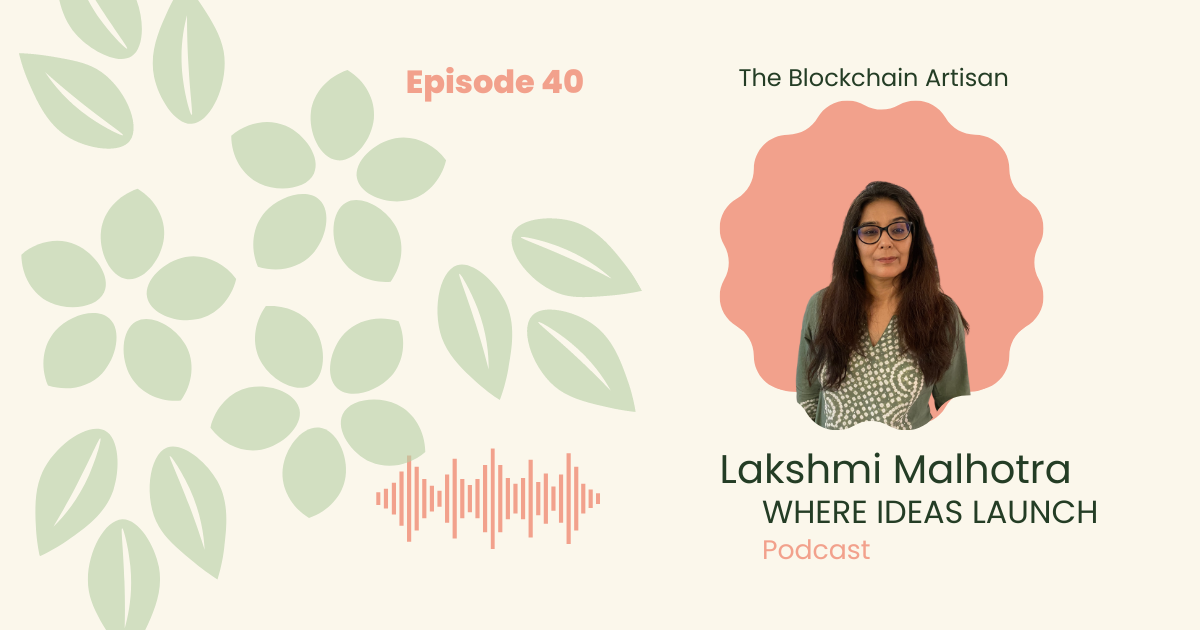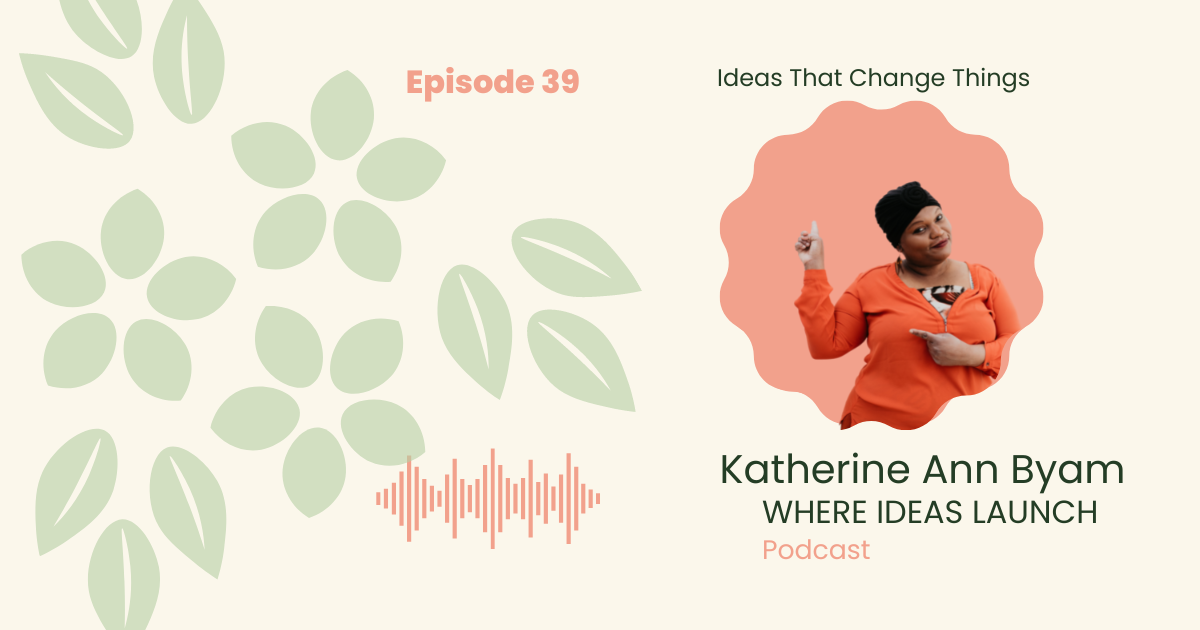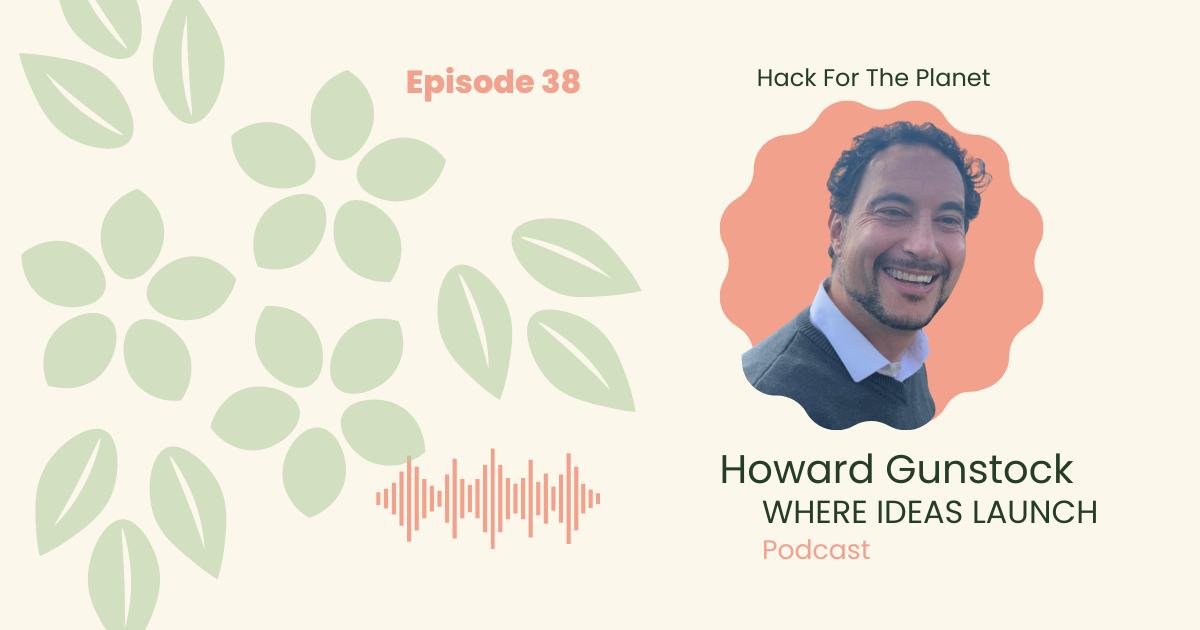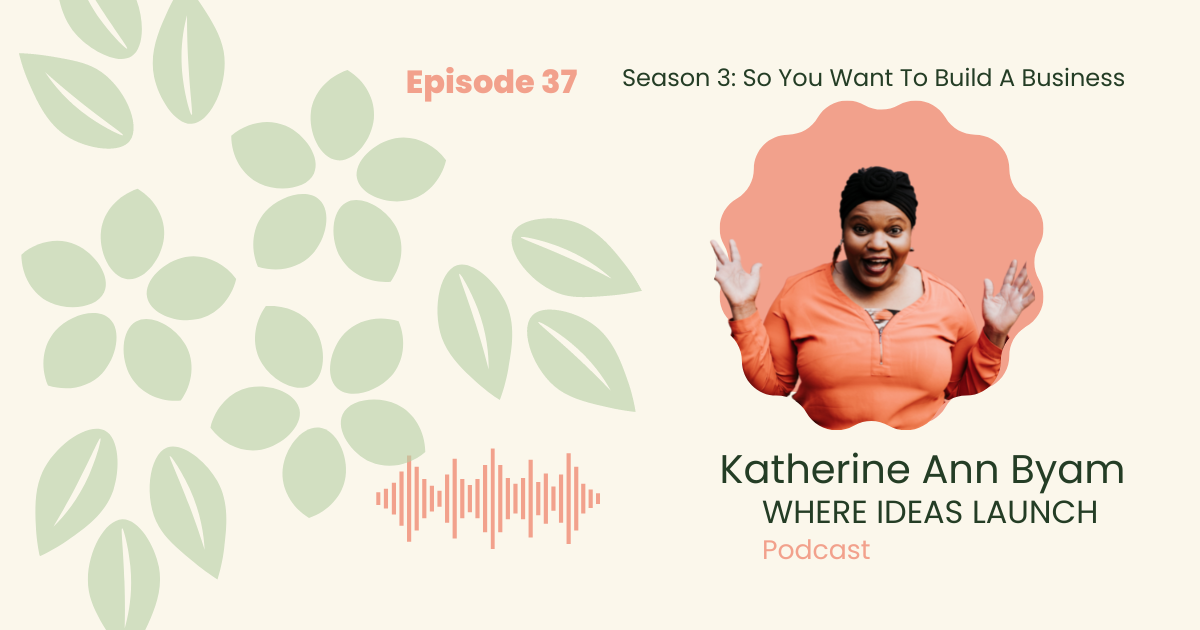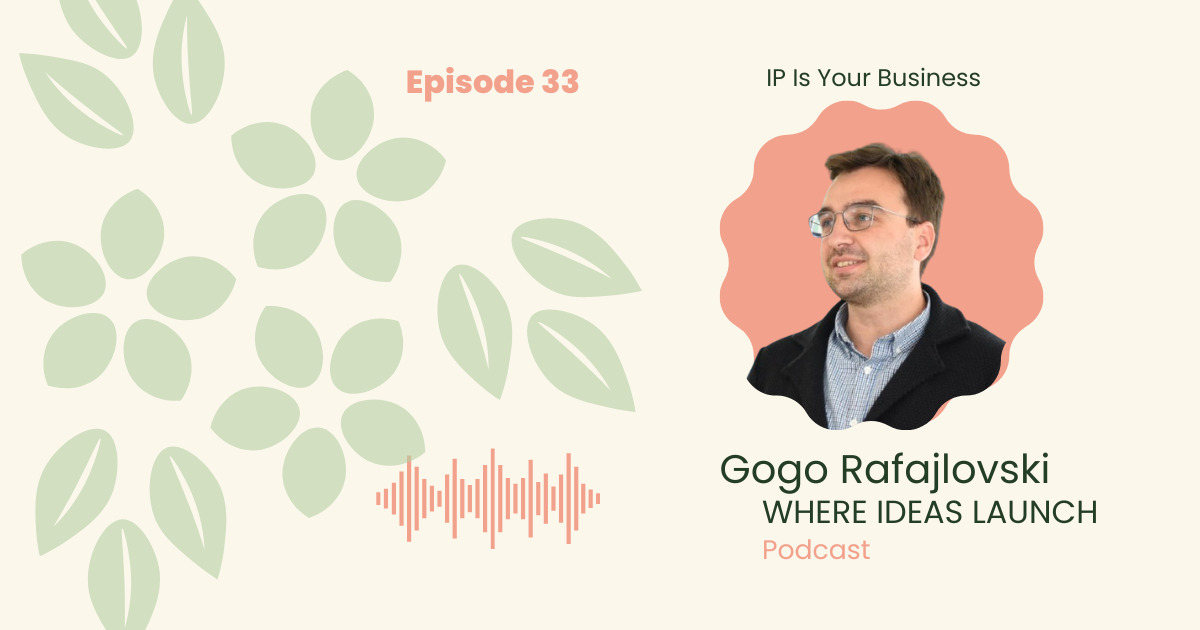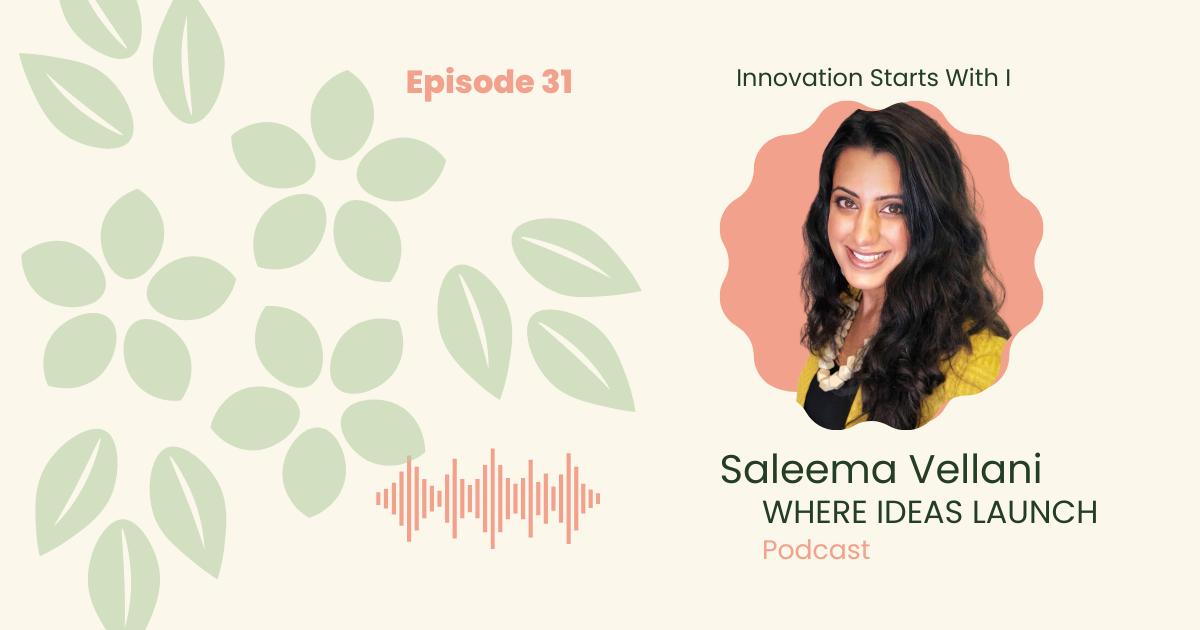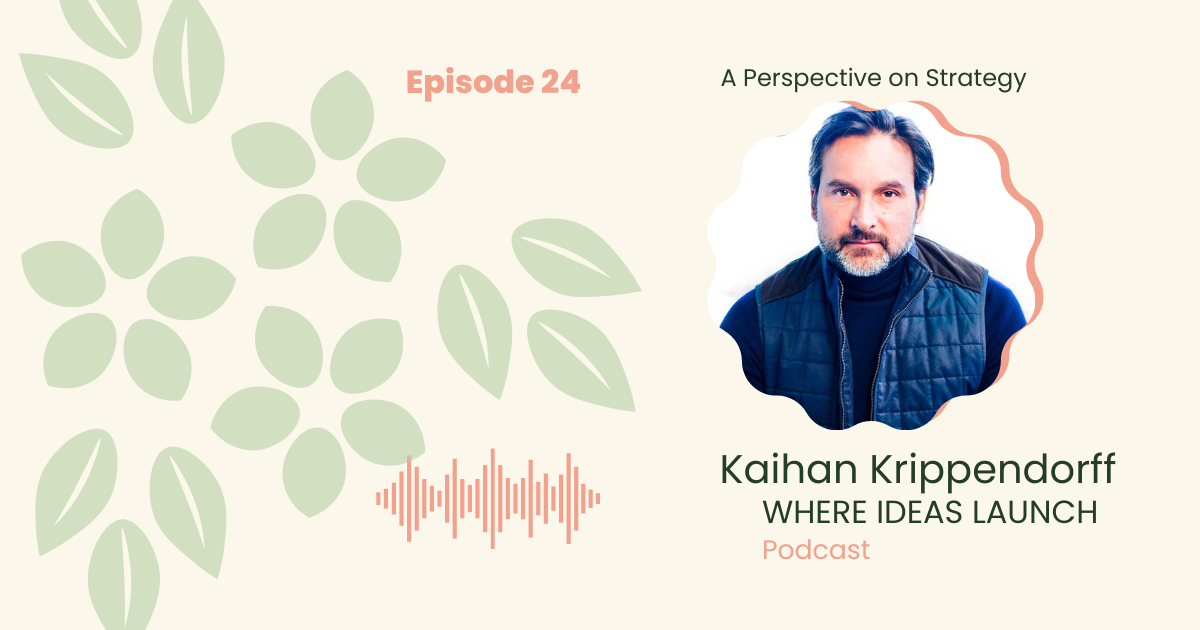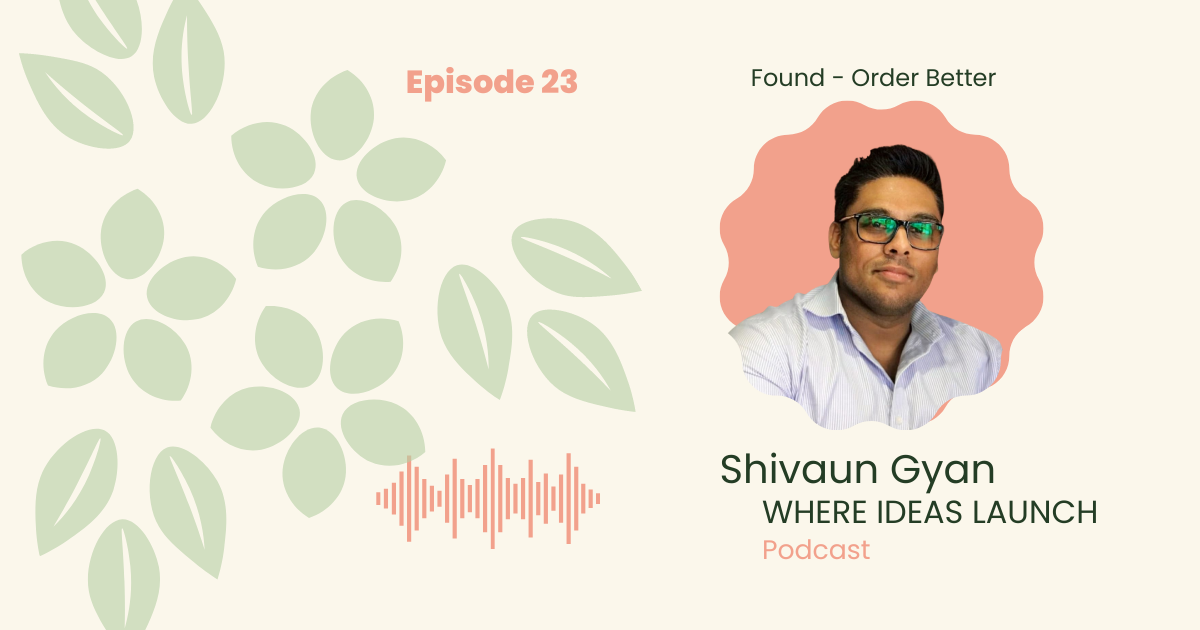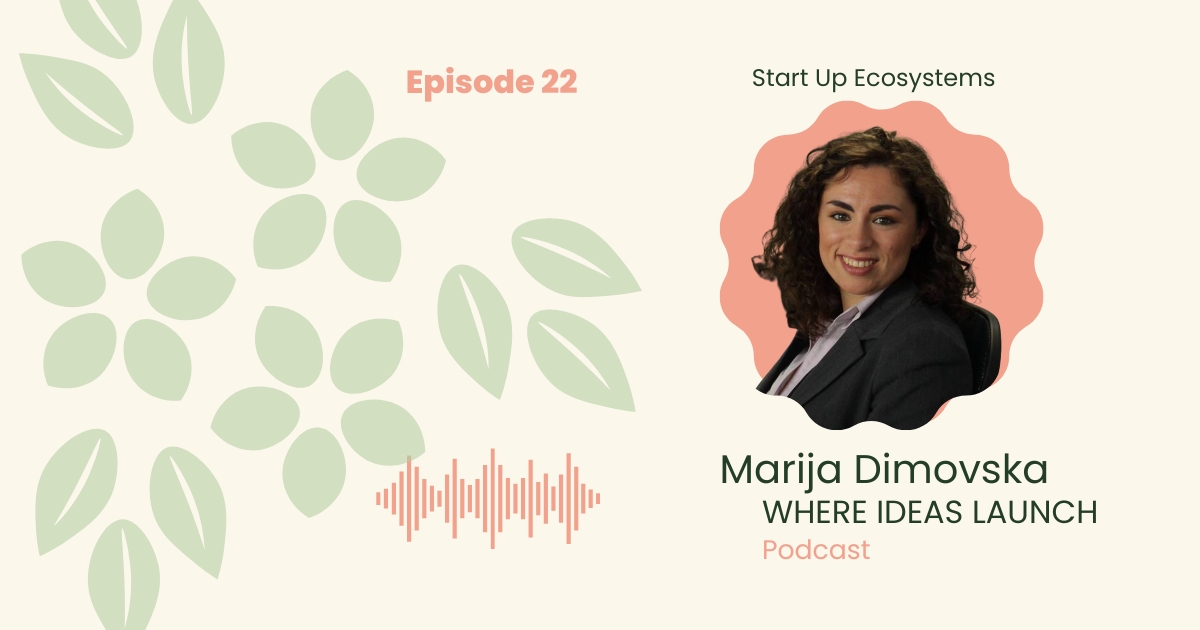041 Idea Development
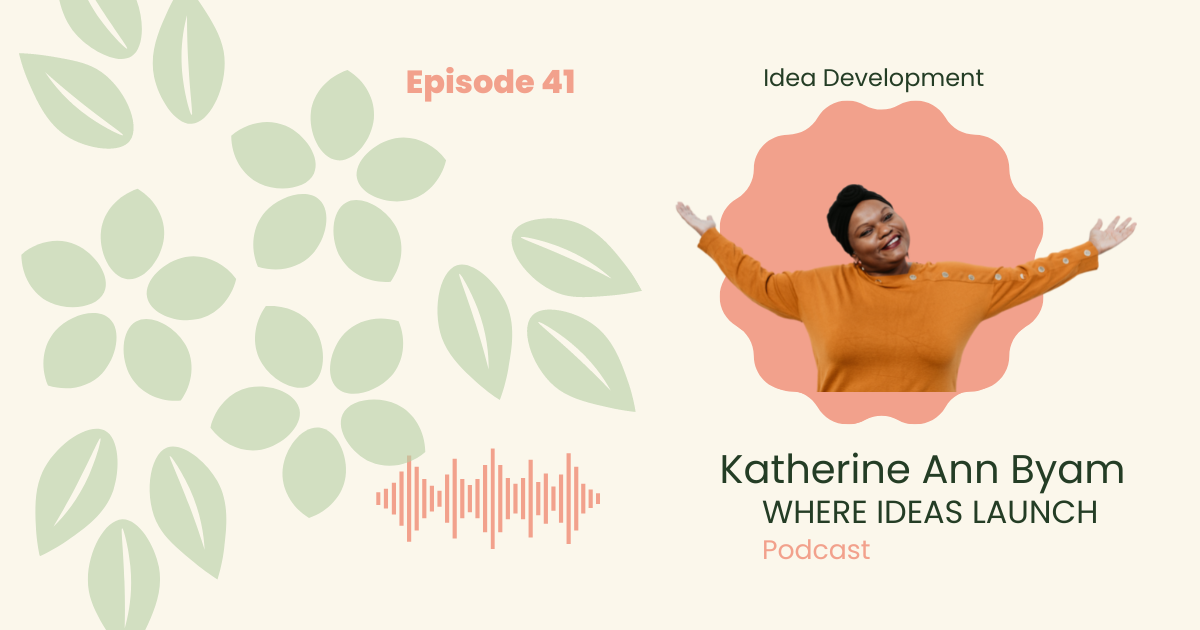
Subscribe to Where Ideas Launch
Episode Transcript
Hello listeners! Apologies for this delay and halt in proceedings but sometimes life says no, you can’t have it all your way, and things come up that cause you to take a pause and a big step back.
Podcasts are eternal things, and someone listening to this episode years from now will wonder why they are hearing this, but What’s happened in Afghanistan has been a wake-up call for me, when I look at what lies ahead of us. It’s caused me to rethink a great many things, and that’s why I needed a break in producing new content and serving what you need.
I will record an interview with a friend who worked for the red cross in Kabul until it fell to the Taliban, and you will be able to find that interview on my Youtube channel, so for now, I won’t speak any more about that, but it’s still on my mind.
The events though have made this work that I’m doing take on greater importance, as I and all of us, need to do more to help others, and this podcast, my communities and my services are designed to do that.
This episode is about developing ideas, and it’s going to be split into 2 sections, to be covered in the next few weeks.
All right then. Let’s do this.
Lesson 1 for you today is this:
You develop business ideas to test them, not to launch them!
This is one of the biggest mistakes entrepreneurs make and trust me I’ve experienced first-hand how costly these mistakes are.
In my view, this is going to be the most important section of this E-Book so listen up and pay attention!
What you are testing in the development phase is that your ideas and research correspond to market reality and meet not just the perceived needs but the real needs of your customers as well.
I recently read an excerpt from Dare to Lead by Brene Brown – which turned out to be a quote from another book Good to Great, and I want to mention it before we get into the details.
You must never confuse faith that you will prevail in the end—which you can never afford to lose—with the discipline to confront the most brutal facts of your current reality, whatever they might be.”
At this point, let’s reflect on what we’ve done so far.
We know our mission, our skills, the jobs to be done by the customer. We’ve done some market research, and we’ve selected a few ideas based on our ikigai, the intersection of all the good news we got from the idea stage, as well as things that may not have been conclusive but are at least interesting enough to take forward.
Before you start testing, you need to know your “who”
Who are you selling to? Specifically? What are the characteristics of people who have this problem, or what are the conditions under which this problem is experienced?
Use your research results to understand:
- Ideal Client
- Niche
- Prototype and Test
- Go to Market Strategy.
- Supply Chain, Finance and Legal
Truth bomb: It will cost you far more to develop the wrong idea than it costs to start again and find a better idea. Development takes the input from your market research and aims to convert it into a mock-up of commercial reality.
Ideal Client
An Ideal client (IC) or an ideal client avatar (ICA), is the perfect customer for your specifically imagined product or service. They are the person whose dreams you want to fulfil, or whose nightmares you want to end.
They are the people you discovered in your market research that helped you tailor your idea, that your skills and talents along with product or service design are absolutely made for. They are excited out of their minds to use your product or service because it speaks directly to their problems.
Your work thrives when you are extremely specific, especially when you are getting started, and they have a specific set of problems, and or a specific set of characteristics. If you don’t yet have a track record, you are relying on both ideal client and niche to help you build your credibility.
Your ideal client can be:
- A previous version of you.
- A specific person you discovered during research.
- A specific friend or former colleague whose problems you always solve.
- A customer who bought from you in the past
- A Realistic re-creation from a series of experiences.
Consider capturing all the below information for your ideal client. Name your ideal client or avatar as you’re going to be talking to them a lot!
You can consider having up to 3 ideal clients.
Ideal Client Example.
This is how I bring this to life, with an example of one of my ideal clients, who I call Nora.
Nora is in their own sustainably-minded business, which they run as a side gig. They have been in her start-up for less than a year and are struggling with adequate sales growth, although they are experiencing moderate sales.
They have reflected on their business, and they think they need to increase traffic to her store. They are thinking about investing in ads, but are not sure about the return on investment, and do not want to lose money/ cash flow which is in short supply.
They have accumulated some knowledge, so are wary of sellers claiming more knowledge than they have. They would like a place to ask some questions and currently look toward large groups and communities.
She desires long-term to live off her business and backs herself to succeed, but her question is more around should they seek out help, or figure it out on her own, as they are resourceful and have gotten this far on her own. She wants to prove to herself and her family that she’s got this.
Her independence is strong, but they also like the idea of a community. The problem of growth has been a persistent one these past months, and they are not clear whether this is seasonal, or how much covid has had an impact, and how the return to a new normal might affect her business. They believe that consistency is important but suspects a bit more is needed.
Nora is a 28-year-old female living in Manchester UK. they have a partner and dog. They are living together, but not yet married. They live in an apartment building, but they look forward to having a house soon. they believe in a minimalist lifestyle and has been a vegetarian since they turned 16. they like to go on backpacking trips with their partner in the Scottish or Welsh mountains on holidays. they read fiction and listens to a variety of podcasts. they and her partner use bike scooters and public transportation but they look forward to a campervan.
They have a digital marketing role for an online shop, but on the side, they work on their own digital store. they use Etsy, Facebook, and Instagram shops. In her day job, they work mostly alone in a small team. they have a degree in Sociology. They’ve been in this job for 3 years, but they are looking forward to leaving it because it’s a lot of work in support of someone else’s dream.
She is a self-starter and taught herself much of what they know about marketing. they are headstrong passionate and cause-driven. they fear not being able to make the impact that they want or live the lifestyle they would like. they dream of financial independence and a minimalist and balanced lifestyle with the needs of the planet.
She advocates for DEI (Diversity Equity and Inclusion), animal rights, reducing consumption. Her worst nightmare would be to work for someone else all her life. they have a positive outlook on the future and her generation's ability to make changes.
She does all her spending online and tends to work on her side gig during the day and in the evenings. they collaborate with some other online traders already, but they want other sources of growth. they think while walking with the pets and listening to podcasts. they spend their free time reading, with friends and walking in the ocean. they are not as consistent as they would like but sometimes enjoys going for a run.
She rewards herself with something fashionable and vintage. they sometimes spend time gaming online.
My other ideal client has a burning desire, not a problem, and her name is Mia.
Mia is an educated professional woman who is ready to pivot and start a positive impact hybrid service and product-based business. they want to address a need they spotted in the market when they experienced this challenge 3 years ago with their youngest son. they want other mothers like her to have the choice, and not be so overwhelmed by the challenge they face. they struggled through this on their own, but today they have accumulated significant knowledge that they are compelled to share because existing solutions are incomplete and ineffective.
Mia has been feeling quite jaded in her corporate life for a long time, and they want a change both for her family and for her own psychological wellbeing.
It is important to Mia that anything they do can replace or surpass her corporate income as they need to secure her family’s future. It scares her to not do something about the problem they see, but it also scares her that they will take this risk at her age and fail, and never be able to return to the rank and status they left behind when they leaped.
She has become used to quality in education and training, coaching, and mentoring and service delivery. they are willing to invest in the right offer that suits what they are trying to do and will pay a premium for things done for her that will save her time.
She has 2 routes to getting started, accept a redundancy package, and start fresh, or keep working and start a side gig. they go for the redundancy route.
She has many options to choose from when getting started, and they prefer to look for established and trusted brands. Yet they do not offer her sufficient clarity, as they are not close enough to the marketplace to give the best advice. they may be spending time together in the following places.
Incubator or accelerator.
The regional chamber of commerce.
Networking events for start-ups.
YouTube.
Sharing ideas with trusted friends and mentors.
Digital courses with established universities
Sampling peer to peer networks
Grants for green start-ups.
Sampling podcasts and Facebook Groups
Time and cash flow run rate will be sources of concern for her. Also, whether the business can really replace her income.
Mia has seen the membership but is not confident due to its low price. they may be more interested in an interim service, a bridge between the knowledge they have and the knowledge they need. they also may be interested in recruiting a VA (Virtual Assistant) but does not know how to go about that decision.
At 42 years old, living in Winchester UK and enjoying suburban life, they have doubts. they are not as confident as they once were. Her marriage though does give her some assurance as her husband continues to hold a corporate job.
They also have the kids, a boy, and a girl, and managing family time, family needs, the dog is another full-time job. they drive the kids, now teenagers and takes care of holiday bookings and logistics and every other administrative activity of the household. they have a master's in human resources and has become disillusioned with the corporate world. They are proud and wants to succeed. they will sacrifice income if her family remains safe. they listen and reads Brene Brown and Simon Sinek and other traditional entrepreneurs.
They are level-headed and thinks before they leap.. they are interested in helping others, protecting the environment, and safeguarding a future for her children.
Their shopping habits are a mix of offline and online. they work early in the morning, and late at night on business. they use baths and runs to clear her mind, and sometimes a glass of wine. they minimize her meat consumption and pays attention to the details of her pantry.
Summary – Ideal Client
- Who is he/she or they based on demographic research?
- What do they desire most?
- What do they fear most?
- What do they value? What is important?
- Where do they spend time offline and online?
3 Key Takeaways
- Name and create a model for your ideal client avatar. A real person is always the easiest to visualise and test!
- Identify his/her personality profile so you can learn how she/he makes decisions.
- Choose a niche based on the characteristics of your Ideal Client.
Niche
A niche is a core set of characteristics about a group of your ideal clients, that you focus your marketing on. You utilise the set of features that are best suited to focussing your marketing campaigns, and where you can identify useful research, trends, and other competitors serving your niche.
It is a broader concept than the Ideal client but works hand in hand with your ideal client to give you a narrower focus.
- The specific problems you want to solve for your clients.
- The types of solutions your clients are looking for.
- Or some specific demographic such as location.
Let us look at the example of Mia.
To create a niche for my audience of “Mias’”, I can look at the field that they currently work in, and the type of companies they work for, and what they typically read. I can build my marketing plans based on reaching more of that audience.
The niche Mia fits is:
Corporate women over 40 working in operations in FTSE 500 or S&P 500 businesses.
Once you understand your niche, you need to revalidate your research on:
- Who else serves your niche?
- Is it narrow enough? If you have many big players serving your niche, you may need to narrow It further.
- Where does this niche spend their time, and at what time of day?
- How best to engage them?
In the case of my niche for Mia, I may want to narrow it a bit further.
The new niche can be:
over 40 women, working in FTSE 500 and or S&P 500 businesses based in the UK & Ireland.
Those 2 modifiers narrow the scope and focus of my marketing content significantly and increases the likelihood that when they receive information from me, they know it is for them.
Let us take a slight detour into branding, to show you how this works.
Let’s say that significance and trust are core values for Mia. On my branding colour wheel, I want to choose colours that match this, while preserving what they want also in her personal life. I may want to choose some core colours in my wheel such as:
- Purple – Creative, Curative, Protective, Thoughtful, Wise
- Green – Calm, Soothing, reassurance
- Black – Sophistication, power, formality.
So perhaps if these were values, those colours would appeal more on my feed.
If you get the niche, ideal client and messaging right, you do not need a huge audience, you can operate with direct outreach, offering a done with you or done for you service (more on business models later).
When Elon Musk started Tesla alongside his collaborators, he first introduced the Roadster, which was a luxury electric vehicle that he sold at hefty prices, to very wealthy people. They were wooed by both the design, the responsibility of the brand, and the niche marketing efforts. The company then used the revenue earned to develop more economic models he would sell to completely new audiences. With each successive release of his brand Tesla, he is able to create more affordable versions, which interestingly keeps the value high for older models in the resale market as well.
Today, Tesla’s have more than just a cult following. People are willing to pay in advance for the release of new models, all while being responsible in their business ethics. There are 17 separate ways that you can address the sustainability challenge we face in the world. His products are not affordable for the average adult, but it does cover responsible production and consumption and climate change as well as smarter homes and cities.
They thought out a strategy to serve multiple groups while scaling the business sustainably.
Key Points
- Understanding how your ideal client, your brand and your niche come together, is essential groundwork for your strategy setting.
- Do not just assume your ideal client is you or a previous version of you; actually, document their characteristics and look at which characteristics make for a suitable niche.
- Do not just assume that your ideal client is interested in the environment; as in the case of tesla, the cars are also high performing and aesthetically beautiful, even elegant. I know many Tesla users of higher end models that had no interest in the sustainable side of the brand, or it was not the factor that made up their minds.
Summary - Niche
- Ask yourself which niche within your ideal client’s characteristics seems underserved? Under-loved, and in need of a specific targeted solution?
- What are the attributes and jobs to be done in that niche?
- How accessible are they? Who is serving them today?
- How can you brand them and your ideas?
3 Key Takeaways
- The riches are in the niches.
- Brand with your Niche and ICA in mind
- You can brand your business and your product differently yet be conscious of the alignment of values and driving mission.
Prototype and Test
A desktop exercise for testing is useful and helps to guide the initial design. You use this in your initial market research, composing your idea, and validating some basic assumptions. Yet if you want to develop superior user experiences and really design a product or service that your ideal client considers reliable and worth the time and effort, live testing in an environment which is as natural as possible makes an enormous difference to your long-term product development and marketing spend.
Product Prototypes
The building or designing a physical prototype of a new or improved product is vital. Getting this product in the hands of your ideal client is also crucial. Allow the consumer to take this product home and use it the way they use it. Without instructions (except safety and health instructions of course) to learn what comes of it.
Service Prototypes
Developing a beta version that is designed to break is the way to do service testing. You want to facilitate your ideal audience to tell you all that they think and rank the importance of the improvements and why to give you a steer on where to focus your efforts.
3 ways to facilitate testing.
- Focus Groups – This is a controlled and therefore unnatural environment, and although it produces results, it should be supported by other forms of testing.
- Test Market – Choosing a small market to deploy your first tests, in, and providing them with incentives to provide feedback.
- Ethnography studies – observing in a natural environment how people use your product or service.
What to look for when testing
- Define your audience.
- Attract your audience.
- Control for the right ICA
- Test your copy – and your understanding of your ICA.
- Control for competition trying to learn more about your product.
- Document what you want to learn from the test.
- Create space for accidental discovery/ observation.
- Get critical data on pricing and positioning.
- Have clear metrics in mind.
- Examine causal relationships.
- Observe the indirect communication.
- Decide strategically on which questions in your survey need to be open-ended or closed.
Summary: Development – Prototype and MVP (Minimum Viable Product)
This is all about designing the user experience.
You need a minimum viable product or wireframe.
Gives an initial assessment of the viability of the product.
3 Key takeaways
This is a key step in reducing the cost of your learning.
Used correctly it can become a rich source of data.
Expand your reach beyond friends and family.
